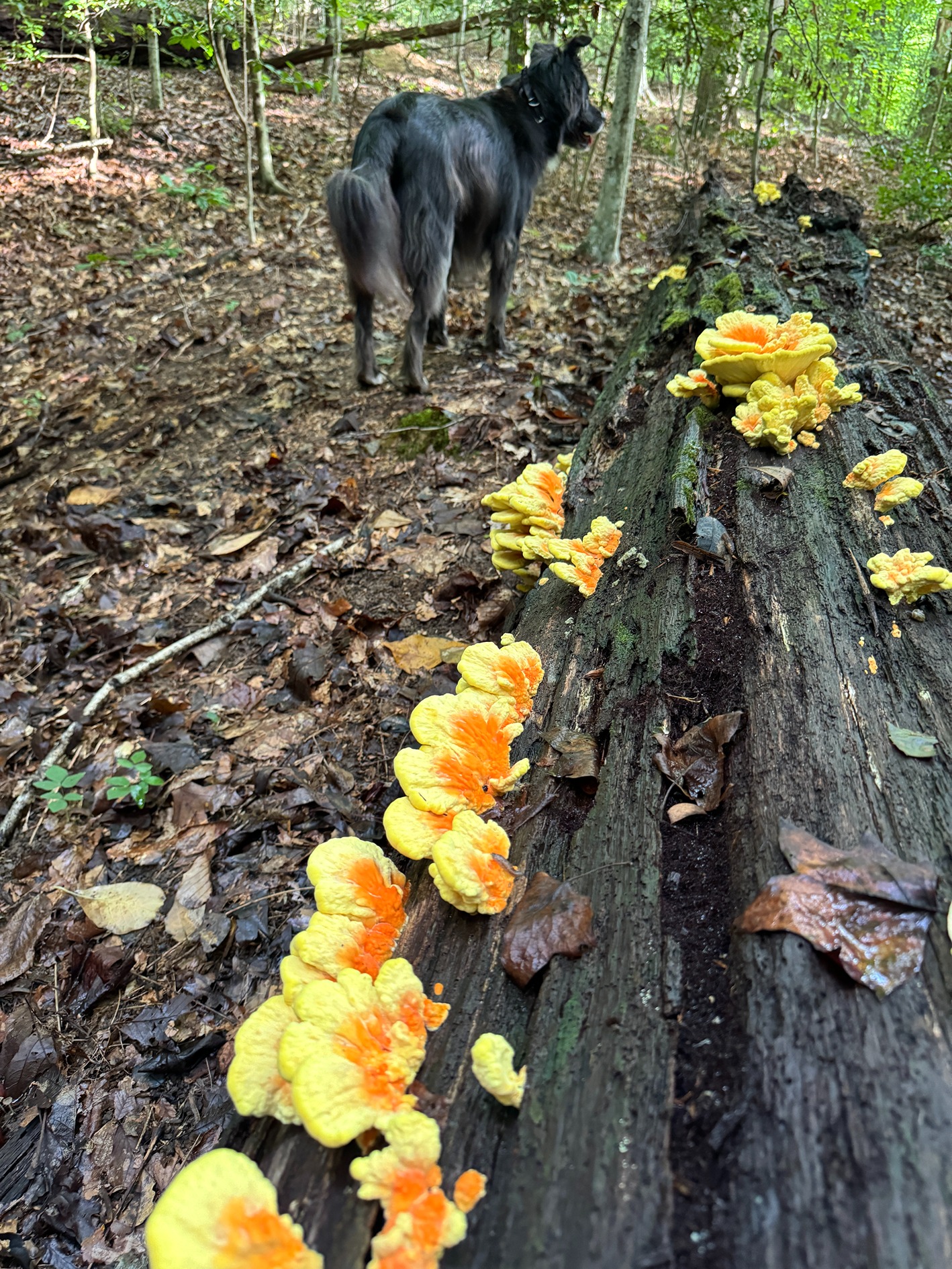
I have a Gingko tree in front of my house that was planted probably some 15 years ago, and it’s the highlight of my landscape in the fall. No matter what other plants I put in, I can never seem to match the clear yellow that sticks out from down the street. It has become a favorite tree, and I have planned much of my front yard landscape in anticipation of the tree maturing and providing a more mature overstory. To put it simply, I really like this tree; however, this year it must die. For the first time, the tree has begun producing fruit, which means I have a female Gingko. It will inevitably pollute my property and my neighbor’s property with fetid fruit that make walking past a nauseating task. This tree really does have to go, and while it is heartbreaking, it has given me the opportunity to put in a new tree!
As I started the process of figuring out what tree would do best in the location, I took into consideration all of the key factors, but kept coming up with good urban tolerant trees that were all also known for swampy habitats. This had me puzzled for a second. How can it be that trees known for living in swampy and very wet locations are also able to thrive in harsh, urban soils that are typically compacted and dry? I pondered this question when talking with a good friend of mine, who’s also a fellow arborist. His answer was fast and illuminating. While now so logical, it made me feel silly that I did not think of it myself. These trees are all adapted to poor root aeration and are adapted to live in anaerobic conditions.
When I first think of urban tolerant trees, my mind first goes to trees that are tolerant of limited root systems: small trees, and trees that can tolerate small amounts of moisture and high heats. This does not sound like the environment where you will find most swamp dwelling trees. That is until you start to think about what these trees have to face, and it starts to make sense.
First, while it seems like a swamp would be an ideal place for trees and plants to grow, it is actually a very harsh environment for trees to live in and thrive. While the presence of water is almost never lacking, this causes issues with root respiration (the intake of oxygen and removal of carbon dioxide). Tree roots need this gas exchange to live, and while underwater, this is very very hard. That is why you will never find a White Oak, Quercus alba, in a swamp. It is not able to adapt to the lack of oxygen in the saturated soils and will literally drown.
When we look at swamp adapted trees, they typically have very shallow and/or surface roots that help keep the roots in a portion of the soil profile that will allow for some gas exchange. Think of Red Maples (Acer rubrum), Silver Maples (Acer saccharinum), and River Birch (Betula nigra) that are all well adapted to wet soils and have very shallow roots. It’s common to see these trees have roots at or above the soil level, even in perfectly irrigated and manicured lawns. You then can also look at the extreme example of a Bald Cypress (Taxodium distichum), which develops knees that are possibly an adaptation to allow for gas exchange, even when the tree’s roots are fully submerged. But how does this all relate to urban environments you may ask? It’s all about the soil!
Urban soils are a mix of subsoil, construction debris, and maybe a thin coating of topsoil that has been compacted to the point of almost being a completely nonporous solid so that infrastructure can be built on a stable foundation. While this compacted soil makes for safe and sturdy roads and foundation, it does quite a number on tree roots. While a tree’s roots can easily penetrate through the soil particles to make room for themselves, they are not capable of creating soil porosity, so they quickly die from suffocation. This is where swamp trees can really shine, as they have roots that are already adapted to low or almost no gas exchange in the soil. While a sidewalk planting does not look anything like a swamp, it has very similar soil properties that favor shallowly rooted trees.
With all of this said, I have a new respect for these trees as they really are quite the survivors, being able to live where most other trees cannot. I, myself, am choosing to install a ‘Shawnee Brave’ Bald Cypress, which is a narrower cultivar of the species and will better suit my smaller property and allow for unhindered growth. Luckily, it will not be planted in fully saturated soil, so it is very unlikely that I will ever have to deal with knees. I’m sad to see my Gingko go but it has given me the opportunity to hopefully add a better and more tolerant tree to Richmond’s urban forest.


